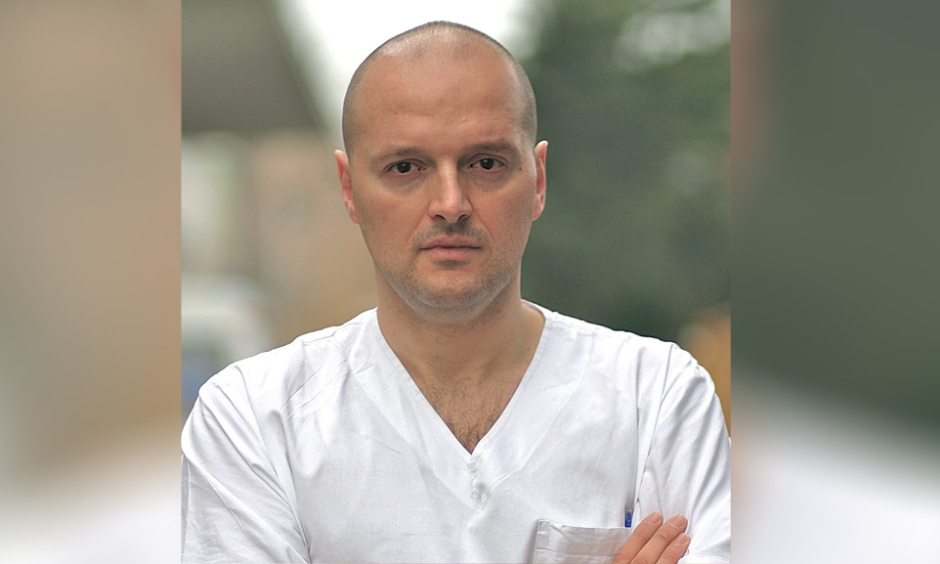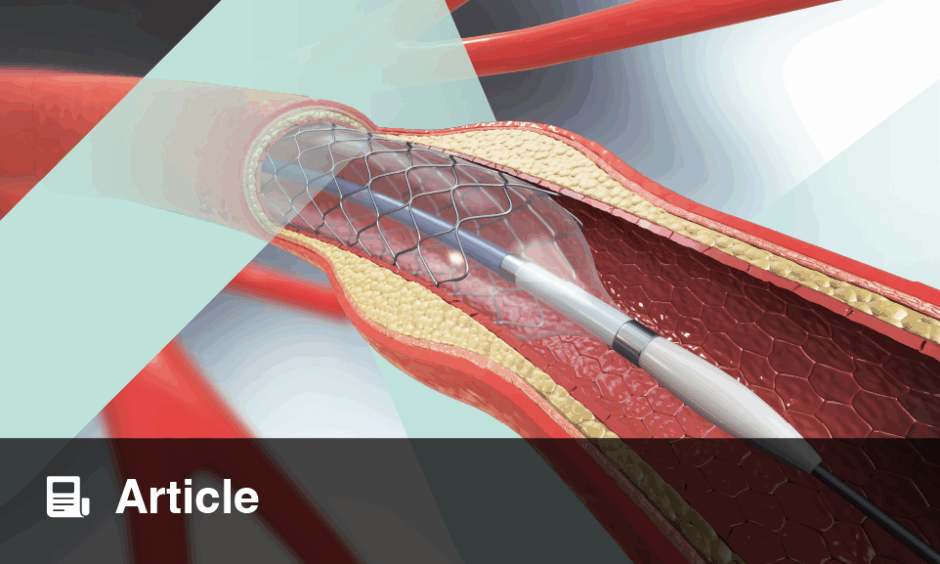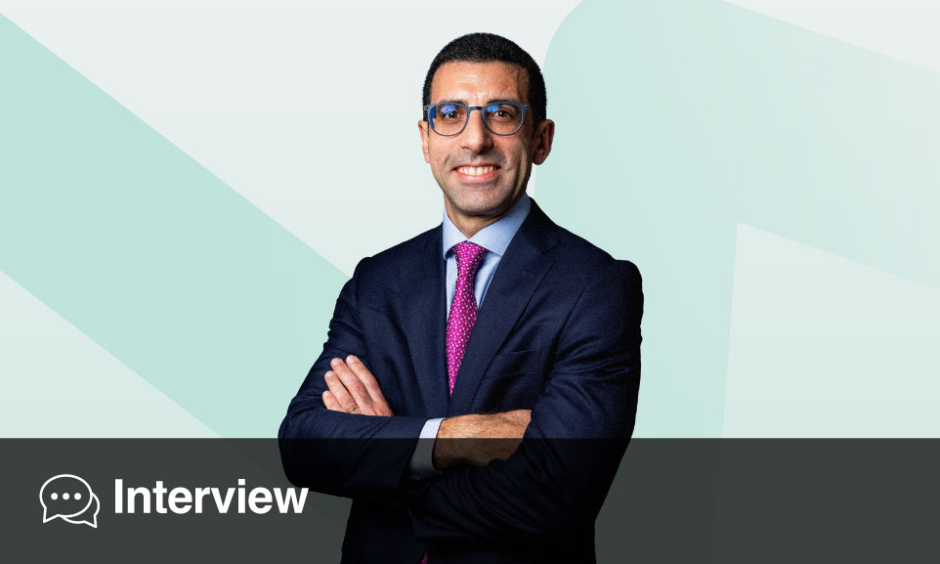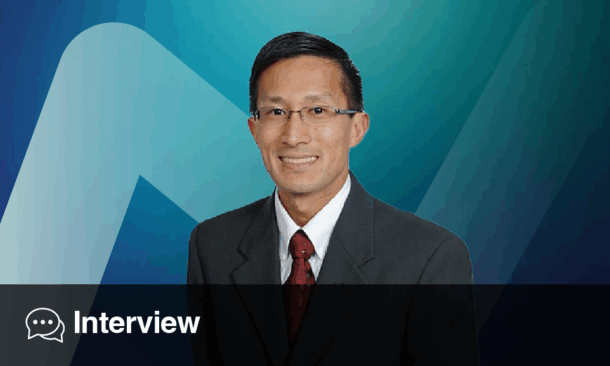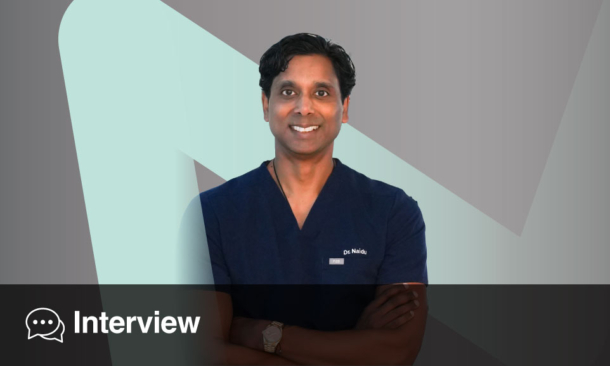Prof Eduard Margetic | Clinical Hospital Center Zagreb, Croatia
![]()
We were honoured to meet with EMJ Interventional Cardiology Editorial Board member Prof Eduard Margetic at this year’s EuroPCR congress to discuss all the latest findings from this exciting event. We met with him immediately following a fascinating session he chaired on STEMI complications.
Please can you briefly tell us about the session you chaired at EuroPCR?
The session was on STEMI complications, with the aim of seeing what type of complications can occur, how they can be treated, and how they can be avoided in the future. We had six cases presented, with presenters and session chairs from many countries, as well as a full audience, giving us a varied experience.
This is a type of session that people love because it shows the audience real-life scenarios, something you could encounter in your daily practice. It also highlights the differences between countries; some areas have access to different drugs and equipment, so it is always interesting to get a different perspective on how other centres are treating these complications.
How does EuroPCR differ from congresses you attend in Croatia?
Well, firstly, EuroPCR is a big congress, one of the biggest in the world for interventionalists and is held annually. In Croatia, we have a congress held every 2 years called CROINTERVENT. At this congress, we want to cover all elements of interventional cardiology, including live cases, because these present a much more hands-on experience than simply giving a lecture. While this congress is smaller than something like EuroPCR, it is still international, and we have colleagues travelling to attend from all over Europe, totalling around 300–400 participants.
I remember when I first attended EuroPCR; I think it was under the Eiffel Tower in big white tents. It was really beautiful. I wanted to see everything there was to see, but it just is not possible. You have to be selective and prioritise. There is so much quality material here, from the training village, to the announcement of new trials, to the smaller sessions on complications and so on. You can really tailor your EuroPCR experience. It is a must for interventional cardiologists.
You are the President of the Croatian Cardiac Society’s interventional working group. Could you tell us about the aims of this working group and what you have achieved so far?
One of the main obligations is just to interact with colleagues and discuss the biggest needs for the future of the discipline. I have been President since 2015, before which we did not have a register for interventional cardiology; it had been planned for 20 years but never created. Now, we have created a central register for all 14 Croatian interventional centres. Being able to directly compare these centres via this registry is very useful, letting us identify differences throughout the country. We currently add data from about 50,000 patients per year, so we will soon have a large amount of very useful patient data at our disposal.
Are there any sessions here at EuroPCR that you are particularly excited to see? Do you think they will impact your practice?
The sessions on the next generation of devices are always exciting. We always think we have reached the technological peak and things cannot get better, but they can always be improved. Industry is currently working very hard to provide these improved options, especially for structural interventions. This type of intervention can be very costly, so there is constantly the question of striking the balance between the best possible treatment and the most cost-effective solution for your centre and patients. Mitraclip, for example, may be next and I am interested in learning more about its application and popularity. But we must also be wary of technology that seems revolutionary but does not last; I remember a long time ago that laser technology was very promising to cut through vessels, but these were big bulky devices and expensive. There are some technologies that could even be harmful for patients, so we must be careful what we adopt.
Large advances are also being made in pharmacology, with promising sessions on thrombotic and anticoagulant drugs, including their dosing and optimum combinations. Here too we have the question of money, because we have to identify those people who will benefit most from these new drugs, but there are sadly always more patients than there are finances available. So, I would say it is a constant struggle to try and break the barrier and find something new to benefit patients, usually in the form of a device or a drug, and then battle with the legislation to make it affordable.
When did you first know you wanted to become an interventional cardiologist?
I was interested in the intellectual part of medicine, the physical science, which continued for the first 2 years of my training as I learned more about basic science. But then I started to work in the clinic and realised I wanted to work with the patients. When I finished this aspect of my training, I wanted to bring both of these elements together and to have something both challenging intellectually but also requiring manual work. Interventional cardiology was the perfect match.
After medical school, I worked in the emergency department and outpatient department during the years of the war [Croatian War of Independence], before following the old programme to become a cardiologist, which required 4 years of internal medicine experience and 2 years of cardiology training. Nowadays you can specialise in this field much sooner, but I would dare to say that the old method gave people a broader knowledge than many of the specialists these days. Sometimes you cannot get to do what you want immediately, but I was lucky to have access to this field and I have been working in it for 25 years now. Yes, this discipline sometimes means you have to get up in the middle of the night to help a patient, but it is very rewarding and there is much satisfaction in this work.

